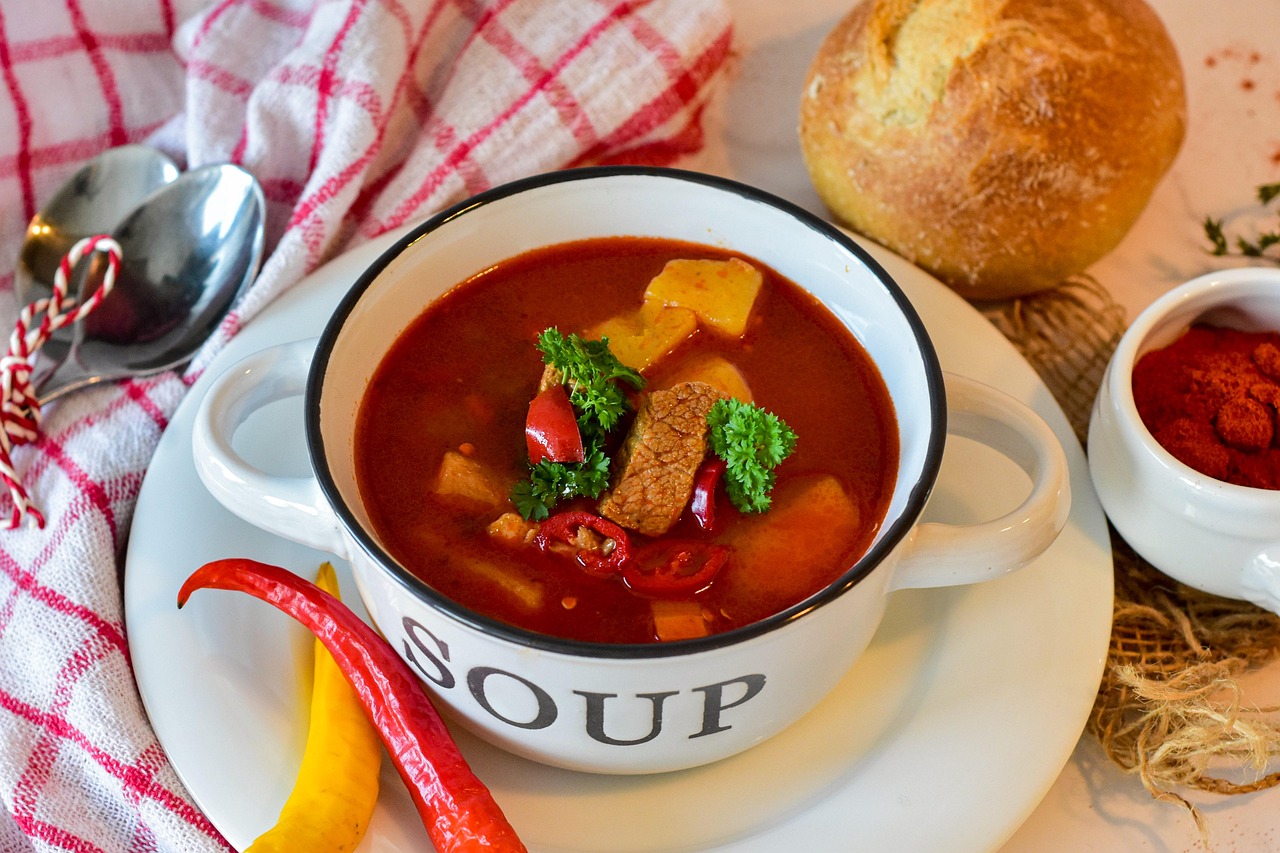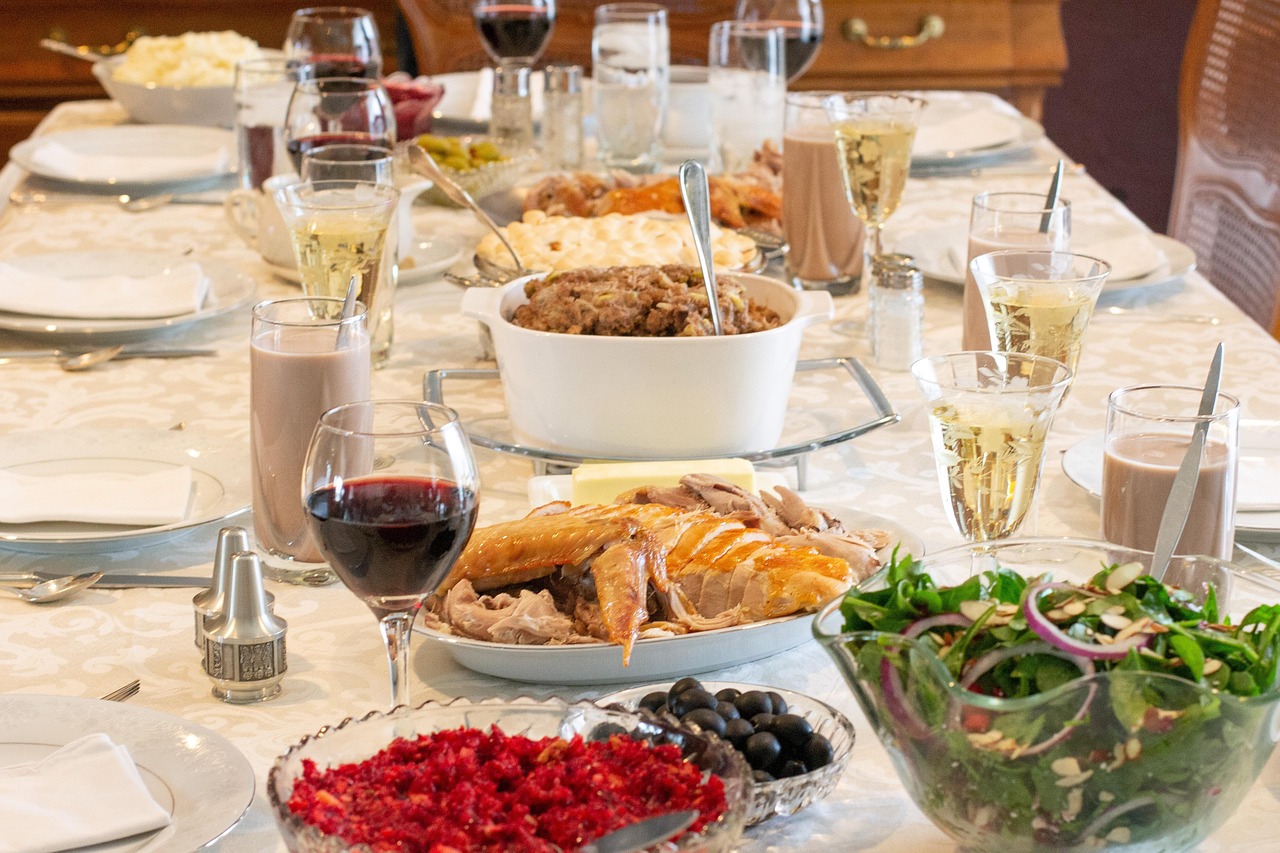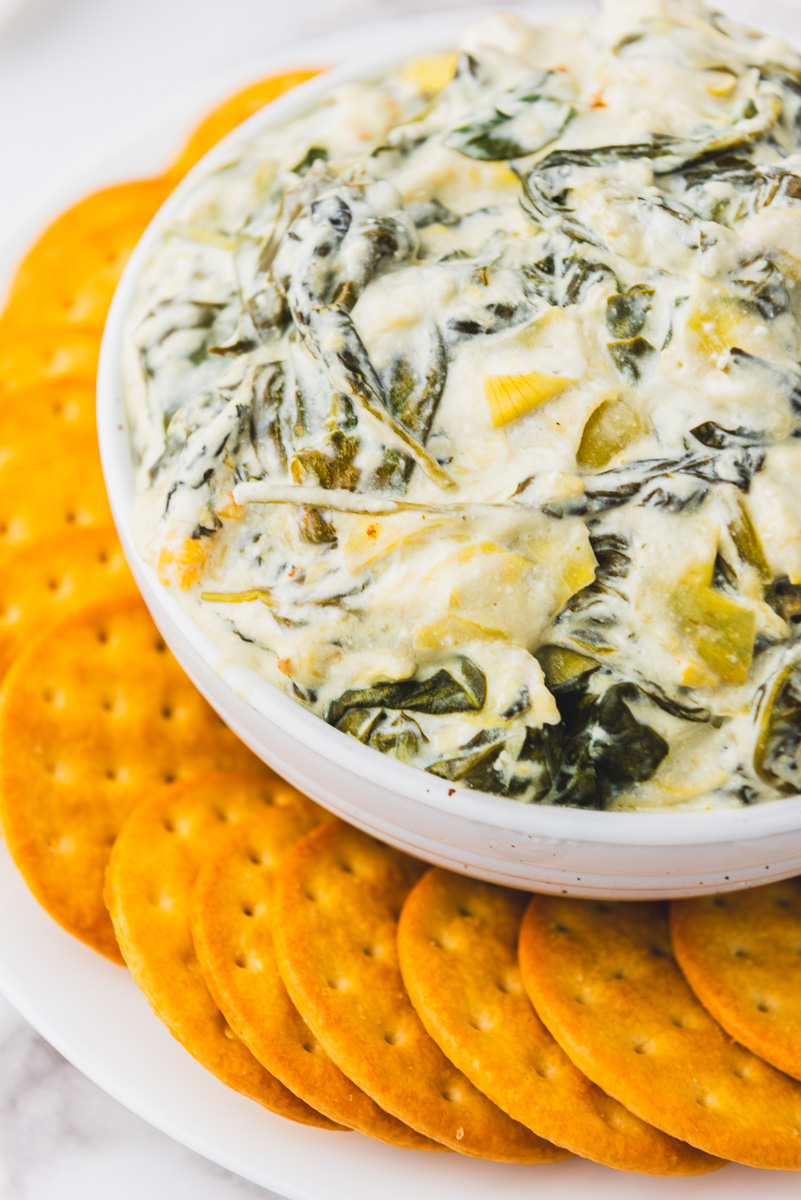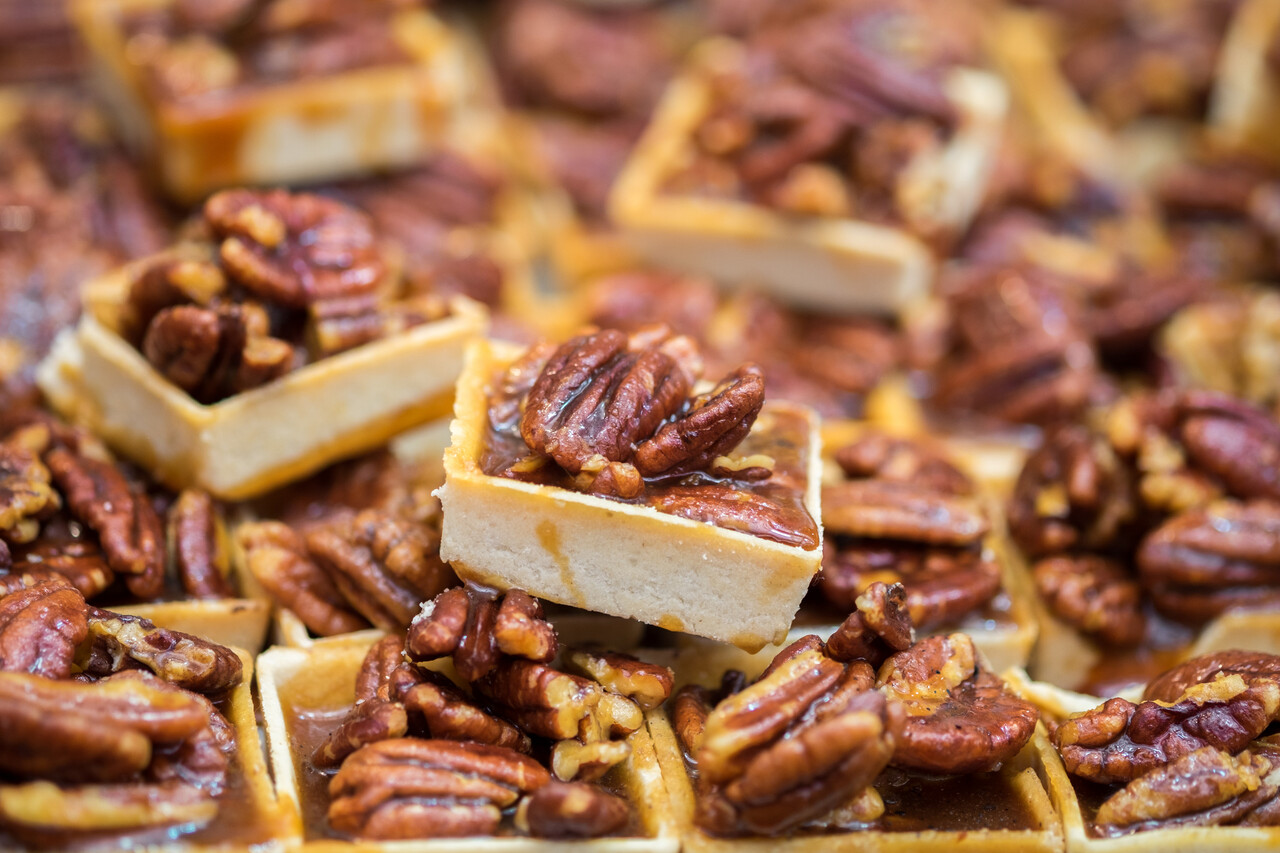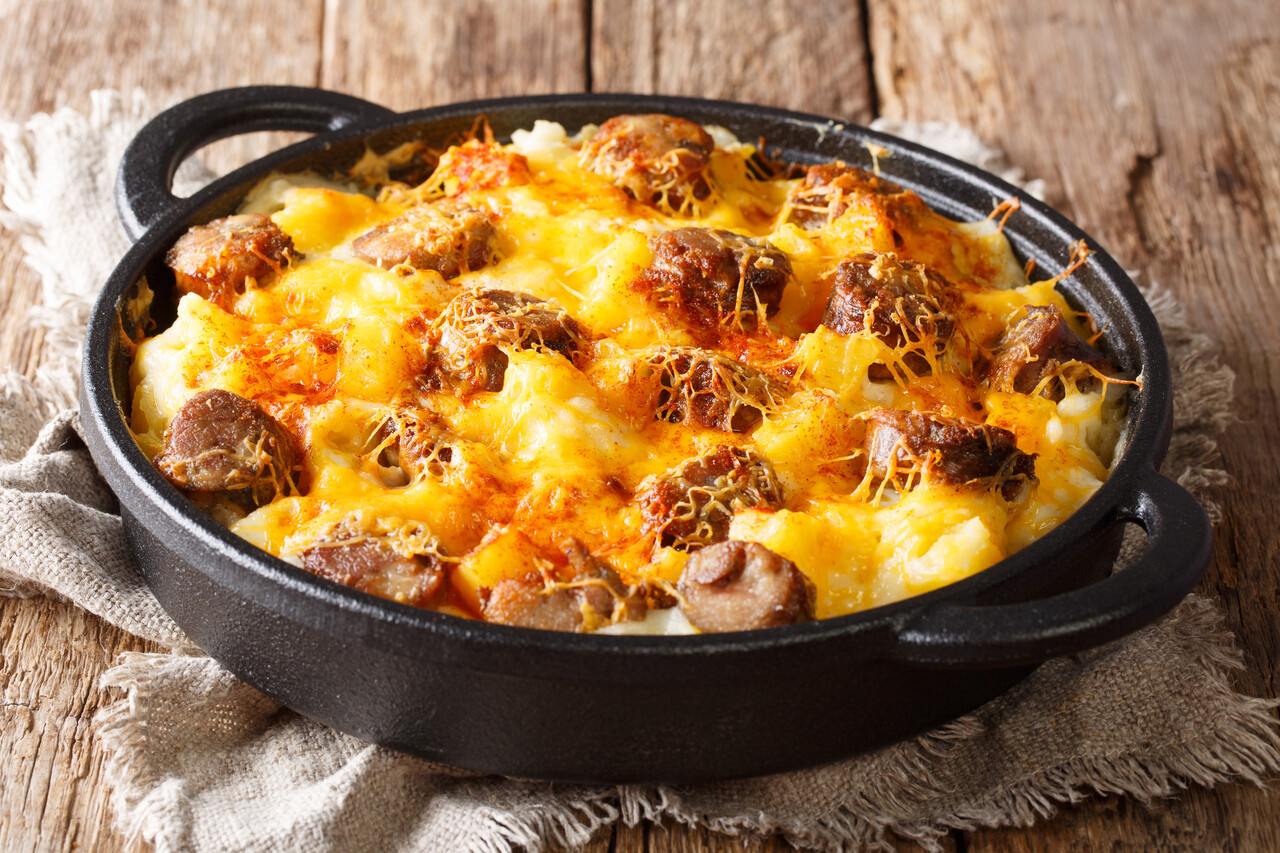How to Open and Use Tube Meat the Easy Way Without Any Mess
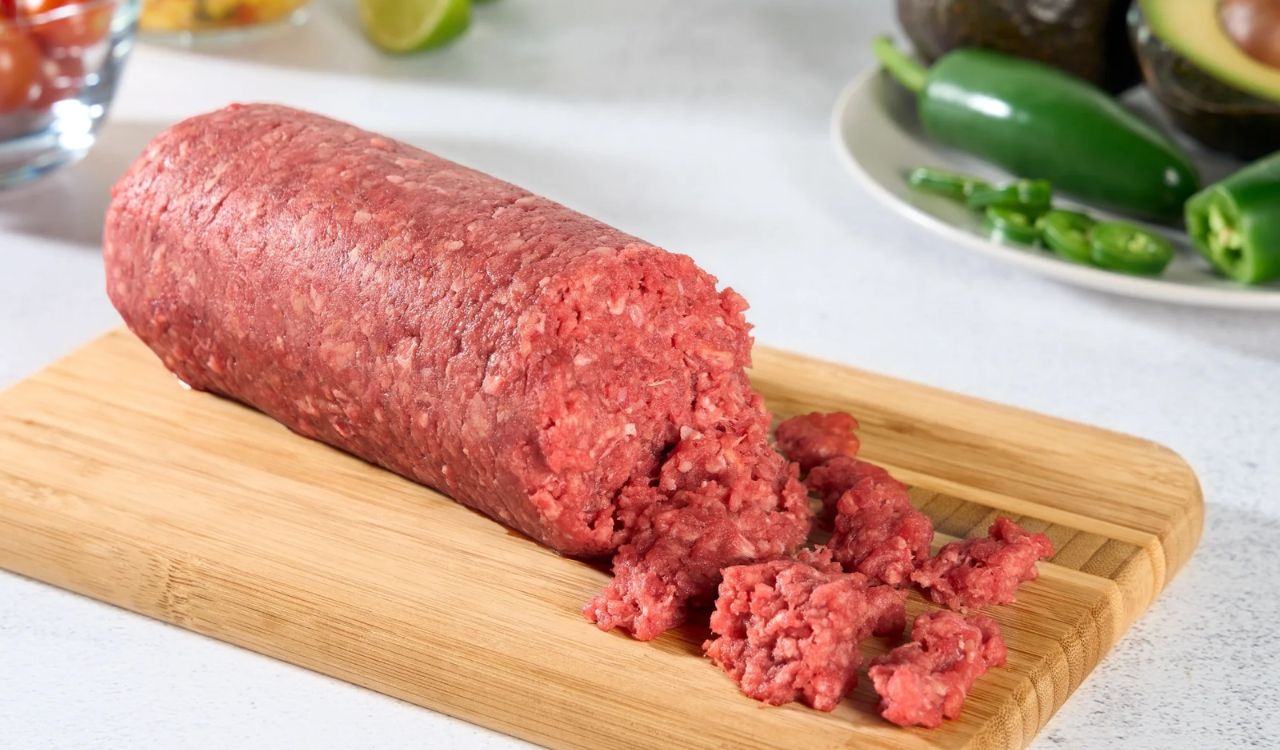
If you have ever tried to open a frozen tube of ground meat, you know it can get messy fast. Between slippery plastic, trapped juices, and stubborn metal clips, it is a small kitchen challenge that can turn into a cleanup project. But there is a smarter way. By preparing properly and following a few simple steps, you can open and portion tube meat cleanly, safely, and without wasting a single ounce.
Beyond convenience, this method also improves food safety and kitchen organization. With the right approach, you can thaw, open, and cook efficiently while keeping cross-contamination risks low. Here is how to make tube meat work for you instead of against you.
Why Tube Meat Can Be Messy and How to Handle It
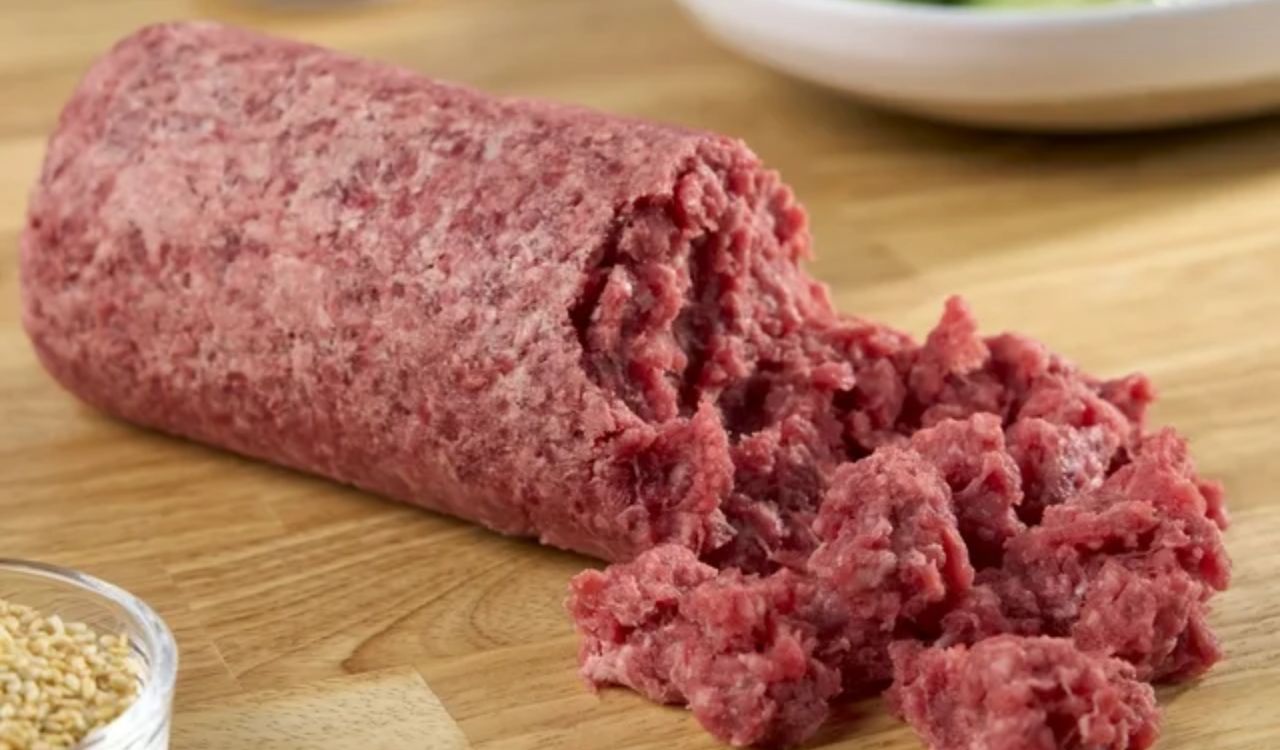
Tube meat, also called chub-packaged meat, is popular because it is cost-effective and reduces packaging waste. However, the tight plastic casing and vacuum-sealed design can trap liquid, making it harder to handle cleanly.
Frozen or chilled, the tube’s pressure can cause juices to spray when opened. Users often mention difficulty dealing with sticky wrappers and metal clips at the ends, which can make the process messy if not handled carefully. Keeping food safety in mind is key because raw meat juices can contain bacteria such as Salmonella or E. coli. Following safe handling and storage procedures significantly reduces these risks.
Food safety agencies recommend separating raw and ready-to-eat foods, sanitizing surfaces after contact, and keeping meat refrigerated below 40°F (4°C). These simple practices keep your kitchen safe while working with tube meat.
Step-by-Step: Opening Tube Meat Cleanly and Safely
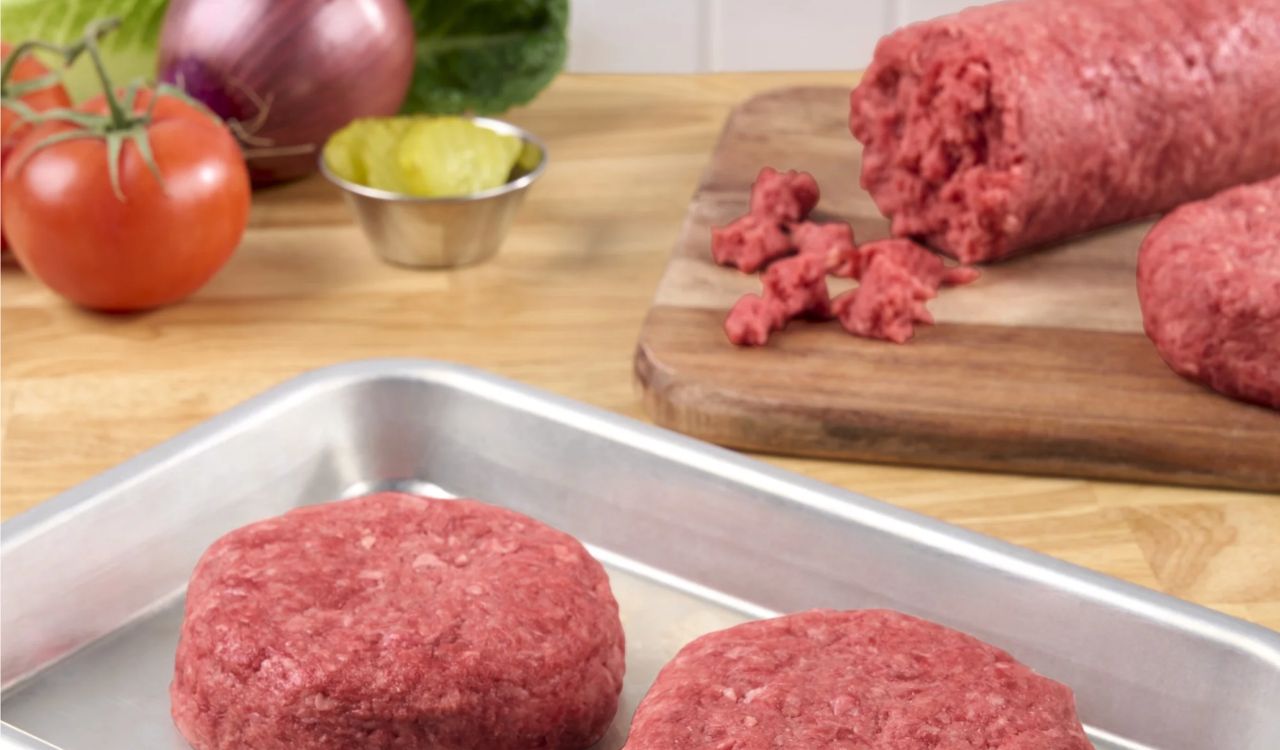
This simple method helps you open and portion tube meat neatly with minimal effort.
Step 1: Prepare Your Workspace
Start by clearing a space near your sink or prep area. Line the counter with paper towels or place a baking sheet underneath to catch any spills. Have your tools ready: kitchen shears or a sharp knife, gloves if you prefer, and extra containers or plastic wrap for portioning.
If the tube is frozen, let it sit in the refrigerator until slightly thawed. This partial thaw softens the casing enough to cut easily but keeps the meat firm enough to handle. Avoid leaving it at room temperature for more than two hours.
Step 2: Remove the Seal
Some tubes have metal clips on the ends. Carefully snip off one clip or use pliers to twist it off. If the package is sealed only with plastic, cut one corner off about an inch from the end. Hold it upright over a tray to prevent juice from spilling.
Once open, you can gently squeeze the tube from the bottom, letting gravity help release the meat. If the meat sticks, use a spatula to assist. The goal is to control the release and avoid splattering.
Step 3: Portion the Meat
Divide the meat into smaller sections before storing or cooking. Each portion can be shaped into patties, meatballs, or flattened bags for freezing. If you plan to freeze portions, wrap them tightly in plastic wrap or seal in freezer bags, label with the date, and store for up to three months.
For immediate use, transfer the needed portion to a clean bowl and refrigerate the rest. Always wash your hands, knives, and cutting boards thoroughly with hot, soapy water after handling raw meat.
Cooking and Storage Tips
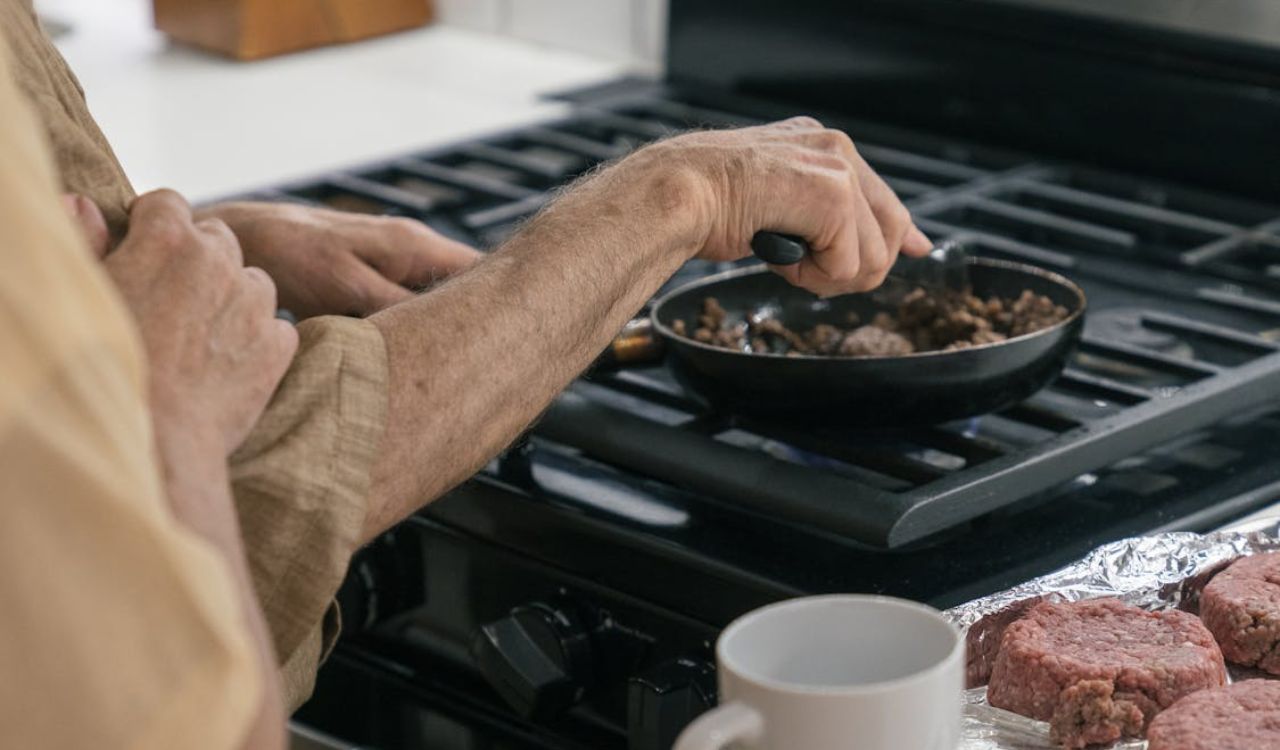
Once you have portioned the meat, you can cook or store it safely by following basic guidelines.
Cooking Tips
Ground beef, pork, or poultry should always be cooked to a safe internal temperature to kill harmful bacteria. For beef or pork, cook to at least 160°F (71°C). For ground poultry, aim for 165°F (74°C). Use a food thermometer to confirm the temperature.
Avoid mixing raw meat with ready-to-eat ingredients. If making dishes like tacos, spaghetti sauce, or casseroles, brown the meat first before combining with vegetables or sauces.
Storing Leftovers
If you are not cooking the meat right away, store it at or below 40°F (4°C). Once the package is opened, use refrigerated meat within two days. For longer storage, freeze portions in airtight containers or vacuum-sealed bags.
When thawing frozen meat, do it safely by placing it in the refrigerator overnight or submerging it in cold water in a sealed bag. Never thaw at room temperature. This keeps bacteria from multiplying and ensures the meat stays safe to cook.
Avoiding Common Mistakes
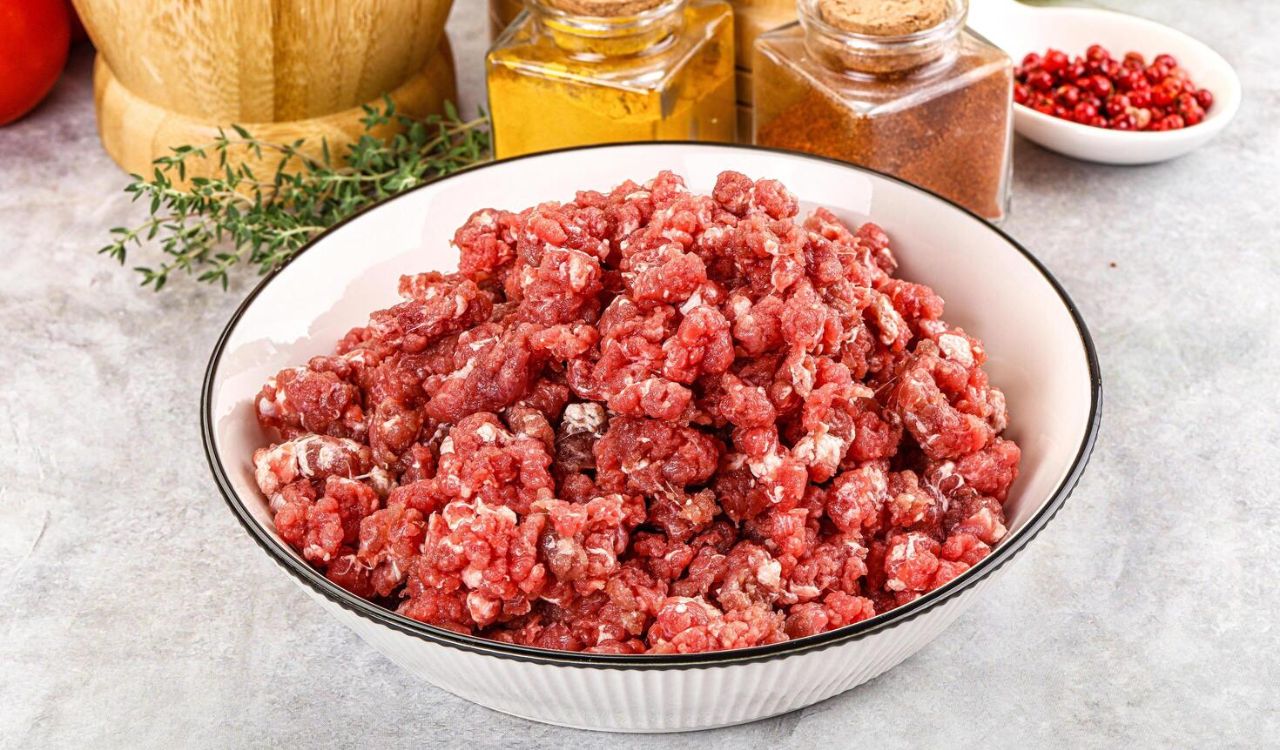
Even with a careful approach, there are a few common errors to avoid when working with tube meat:
- Cutting the tube while fully thawed can cause juices to spray. Open it slightly frozen for better control.
- Skipping surface protection can lead to messy countertops. Always use a tray or paper towels underneath.
- Leaving meat out too long increases the risk of bacterial growth. Keep it refrigerated or cook immediately.
- Failing to clean properly after handling raw meat can cause cross-contamination. Use hot, soapy water for all tools and surfaces.
- Improper freezing can cause freezer burn. Use airtight packaging, remove air pockets, and label everything.
By avoiding these mistakes, you will save cleanup time and keep your kitchen much safer.
Why Tube Meat Can Be a Smart Choice
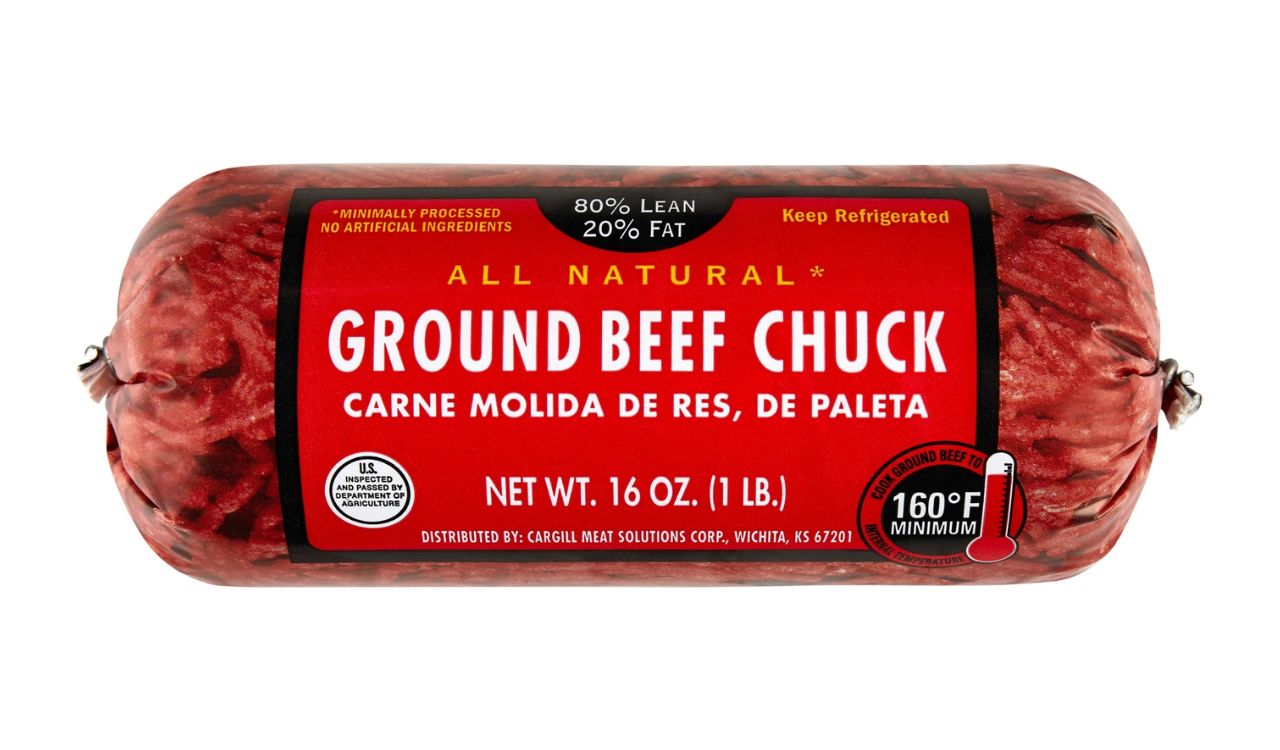
Tube meat often offers better value than smaller trays or packages. Because it is tightly sealed, it stays fresher longer and takes up less space in the freezer. Bulk packaging is also more eco-friendly since it uses less plastic overall compared with multiple small trays.
It is ideal for meal prepping, as you can divide large portions into smaller ones for weekly meals. It also works well for batch cooking because you can cook half immediately and freeze the rest. With just a bit of preparation, tube meat becomes a convenient and affordable kitchen staple.
Clean-Up and Food Safety Essentials

Handling raw meat safely is essential for preventing foodborne illness. Always sanitize cutting boards, countertops, and utensils after use. Avoid using wooden boards for raw meat because they can absorb juices and harbor bacteria.
To disinfect, wash with hot soapy water, then use a solution of one tablespoon of unscented liquid chlorine bleach in one gallon of water. Let surfaces air dry or use disposable towels. Wash your hands thoroughly for at least 20 seconds after touching raw meat or packaging.
Proper clean-up not only prevents contamination but also keeps your cooking space organized and efficient.
Bringing It All Together
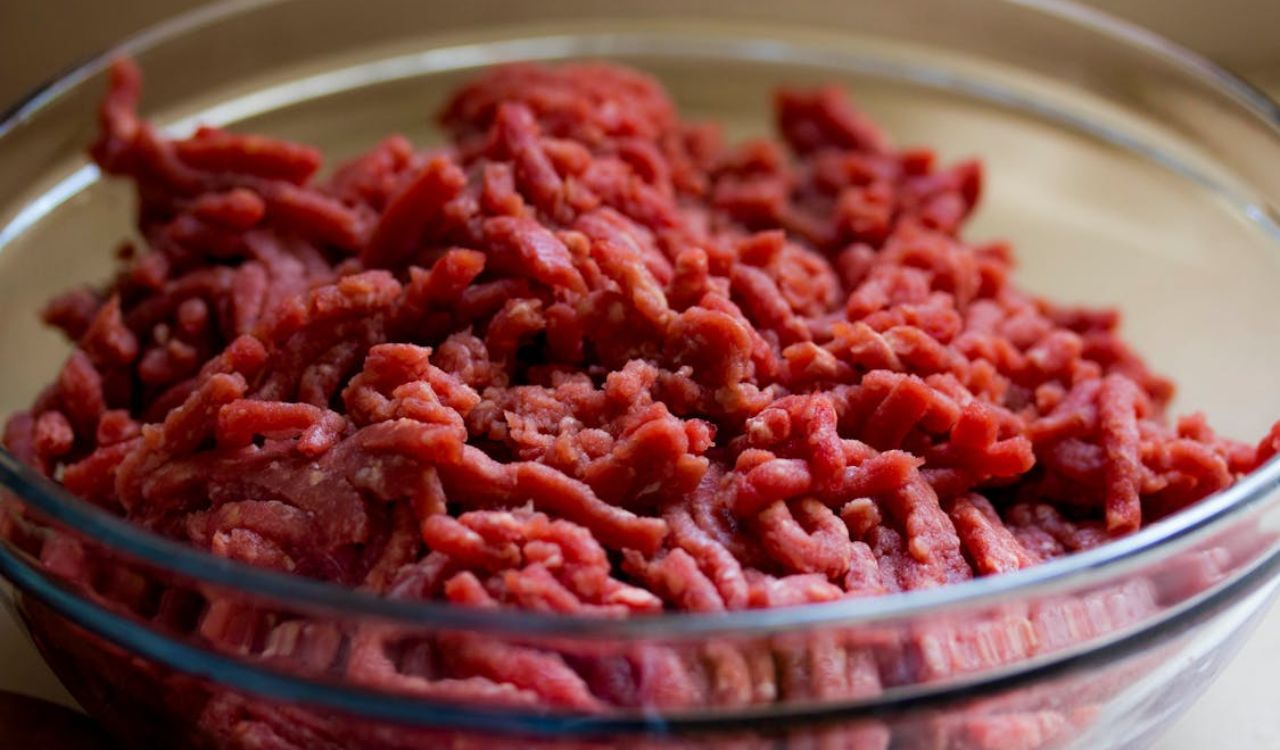
Opening a tube of meat cleanly is not just about convenience; it is about safety and smart kitchen management. With a few adjustments, such as a clean workspace, the right tools, and simple food safety habits, you can eliminate the mess and frustration that often come with these packages.
Once you master this technique, you can save money by buying in bulk and streamline your meal prep routine. With proper storage and cooking practices, tube meat becomes a practical choice for busy households looking to cook efficiently and safely.
References
- What’s the easiest way to open a tube of ground beef, either refrigerated or frozen?- Reddit.com
- Safe Food Handling for Butchers- ACSS.Food.Gov.UK


